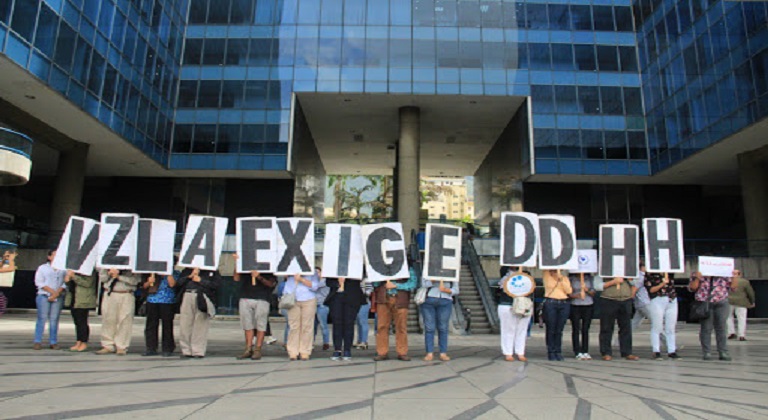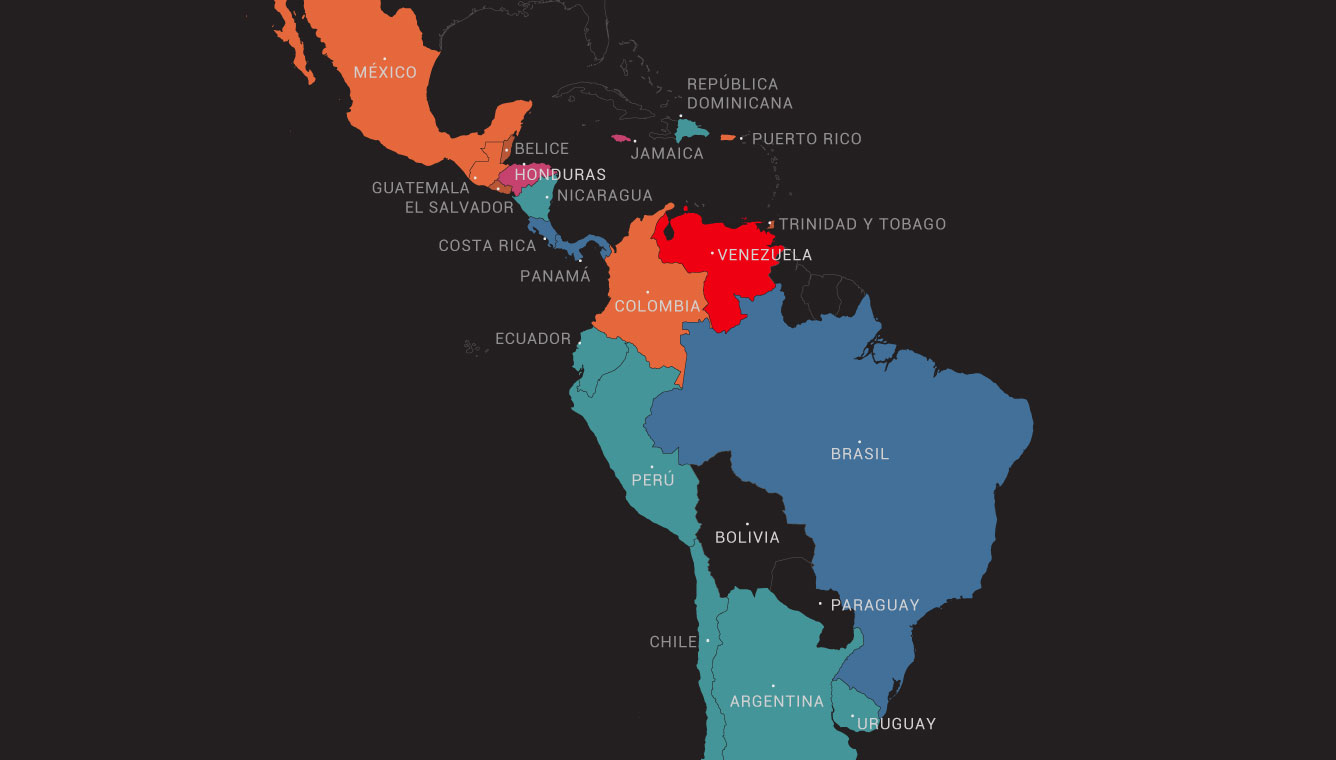In Venezuela, violence is organized by the state through militias and collectivos. What are they? What status do they have?
The Militias
Before 2008, the so-called Militias were nothing more than voluntary reserves that complemented or supported the National Armed Forces (FAN) in extreme cases or emergencies. After that, though, they were given more institutional freedom. They are assigned tasks associated with the Integral Defence of the Nation, which can mean anything, since it is a ” catch-all “ concept, being both wide and flexible.
It seems that the criteria for recruitment and selection are very simple. Anyone can sign up, it is common to see elderly people wearing these uniforms on the street or doing small jobs in public facilities. It is not known to what extent this could be a propaganda tool to increase the number of military personnel.
In November of last year, government officials said that the number of militia members had reached 3.3 million, but to say it would be a stretch to conclude that this means that they are a professional army, trained to deal with situations that require the military defence of the territory.
As was mentioned in a previous article, at the end of January it was announced that -as a result of the regulatory reform introduced by the criticized national assembly– they are considered as the fifth component of the National Bolivarian Armed Forces of Venezuela (FAN). At this point, the text of the FAN Law has already undergone six reforms in the last 15 years.
One of the most worrying dimensions of these changes, apart from the de-professionalization of the Armed Forces, is this idea of civic-military union – that ends up being more military than civic – and the intelligence work that could be given to the militias in different partisan spaces at the community level, such as Communal Councils, Local Supply and Food Committees (CLAP, committee in charge of distributing boxes with carbohydrates and vegetable oil on which many people depend), the Socio-Political Coordination and Action Networks (RAAS), which are established as different social control and disciplinary devices, spaces of vigilance and neighbourhood outreach, units that serve to police and militarize society from the smallest and most basic spaces in the community.
These measures were y activated in January las year very effectively against protesters in poor neighbourhoods. In less than a week, some 45 people were killed, with at least 26 were reportedly shot by members of the security forces or pro-government armed groups, and several arrested after participating in the protests.
All of this is remains unevidenced and needs more reliable research to substantiate these hypotheses and speculations
During that time, more than 800 people were arrested, and many victims claimed that the RAAS and the CLAP provided the information so that the security forces went directly to the houses of the demonstrators.
The Colectivos
The first thing to bear in mind when talking about collectivos is that it is also a ” catch-all “ term. A colectivo can be anything that the commentator or the journalist in question describes as such. In a “collective” sense they can be understood as spaces of social organizations with very diverse activities and objectives, whether cultural, artistic or political. But in another sense, in terms of the political-media rhetoric of the country, this term is used for any armed civilian operating in society.
So, let’s take it one step at a time. There are political and cultural grassroots groups that do commendable work, and these should not be confused political-military organisations.
There are, on the other hand, minority groups, increasingly reduced, very diverse, that originated in some of the Caracas neighbourhoods at the end of the eighties and which organized to confront criminal groups. Some of these became politicized, got together with an older generation that came from the armed struggle, and ended up being government sympathizers. These groups were very visible from a symbolic point of view, especially at the time of the coup d’état against President Chávez. But since then they have had battles and conflicts among themselves, for different reasons, and, as such, these have been dwindling in number.
The majority of colectivos, with the real power, are police and military officials who act in civilian clothes and do the dirty work. These are the ones who usually appear in videos of repression against demonstrators. On the other hand, there are also security force officials who are demobilized and then organize themselves, as “bodyguards” and nobody knows how these are regulated.
The situations created by these plainclothes officials are instrumentalized by the government, riding on class, race, and ideological prejudices, in order to over-emphasize the scale of these illegal acts committed by plainclothes officials who are presented as working class ” groups ” loyal to the revolution. This is what the journalistic and opposition sectors’ sensationalism responds to, in an extremely useful way for the government, since these stories cripples and fills the opposition with panic.
So, when we talk about collectives we are referring to a combination of a lot of pro-regime propaganda and sensationalist journalism, which has a real base in police and military officials acting in civilian clothes, who do the dirty work for the government, and a few groups of armed civilians in which there is a bit of everything, some politicized, others not so much, who are willing to serve anyone, including some sectors that are part of the criminal underworld.
In short, “colectivo”, in the current context, can mean anything linked to “armed civilians”: civilian officials, criminal gangs, parapolice or paramilitary groups, or a mixture of all of the above. They can do a lot of damage that can then be blamed on the political opposition. In effect, a kind of a mercenary who works for the highest bidder.
But these groups can also have their own agenda. All of this is remains unevidenced and needs more reliable research to substantiate these hypotheses and speculations. It is difficult to make generalisations and need to be studied in concrete cases that are related to very specific local circumstances.



